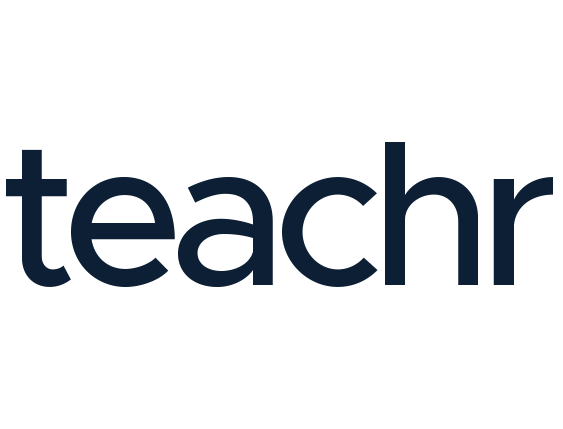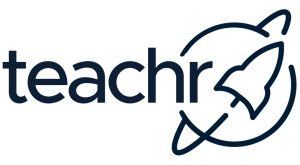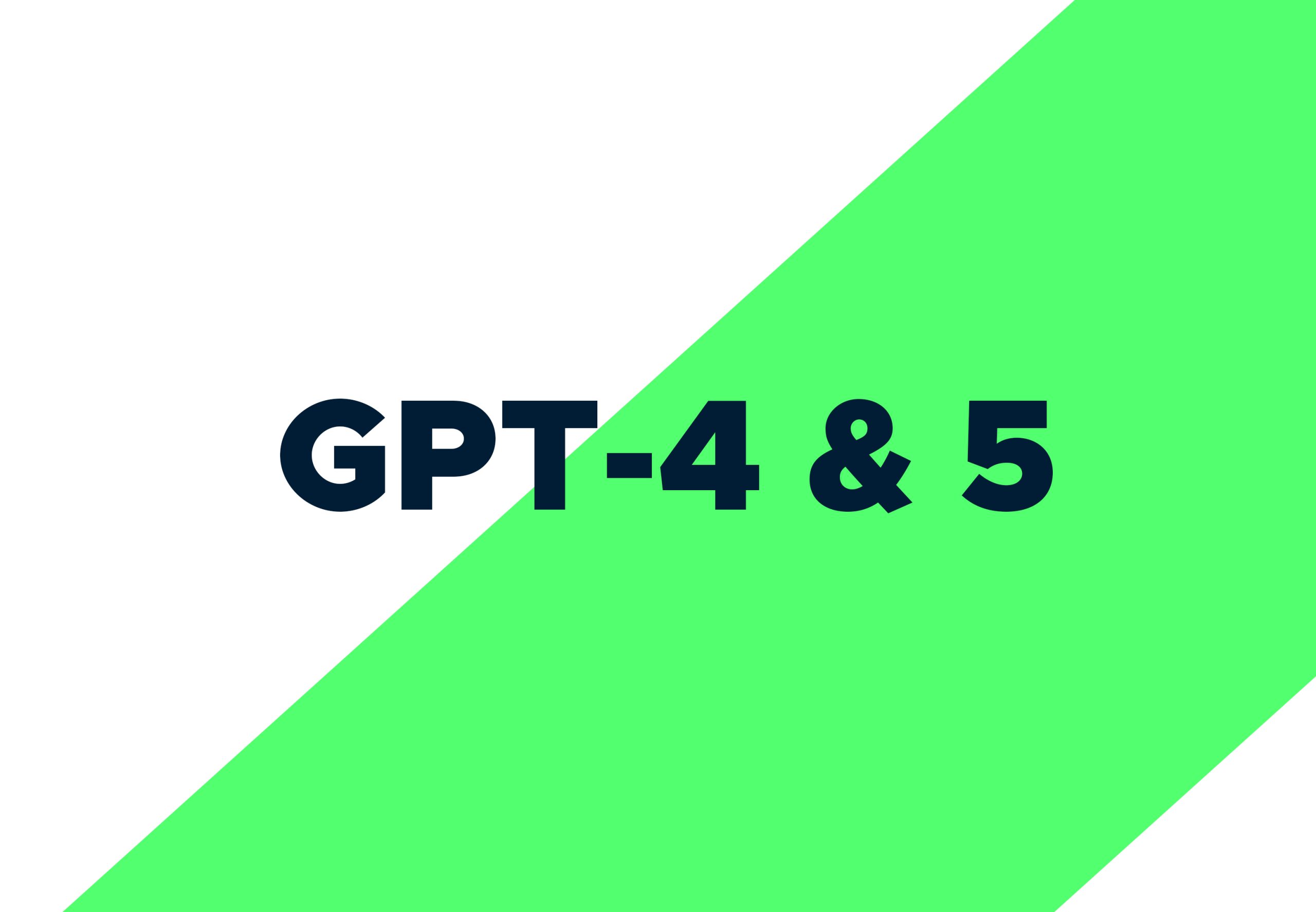
GPT-4 and GPT-5: The Future of AI in Online Course Creation and the Importance of Human Touch
The rapid advancements in artificial intelligence (AI) have led to the development of increasingly sophisticated language models, such as OpenAI’s GPT-3. As we look forward to the potential release of GPT-4 and GPT-5, it’s essential to consider the implications of these technologies on various industries, including online course creation. While AI can undoubtedly support and enhance the process, it’s crucial to remember that not everything can be 100% automated, and human input remains vital.
GPT-4 and GPT-5 Improvements
While GPT-3 has already demonstrated impressive capabilities in generating human-like text, we can sure to expect GPT-4 and GPT-5 to bring even more significant improvements. Some potential advancements include:
Enhanced language understanding: GPT-4 and GPT-5 may be able to better comprehend context and semantics, leading to more accurate and coherent text generation.
Multilingual capabilities: Future iterations of GPT may support a broader range of languages, making it easier to create online courses for diverse audiences.
Improved customization: GPT-4 and GPT-5 could offer more advanced options for tailoring content to specific industries, niches, or learning styles.
Similar to “plugins”, this function is already released for developers, but the advantage is that with plugins own data can be imported into GPT and thus also data protection problems are prevented in advance. Because GPT then processes these data but does not store them. With plugins, for example, actions can be executed directly from the chat GPT window on a connected software. In online course creation, for example, this would be the automated integration of interactive modules, such as these from teachr.
Real-time collaboration: The integration of GPT-4 and GPT-5 into collaborative platforms could enable seamless, real-time content generation and editing.
The Limitations of AI and the Importance of Human Input
Despite the potential advancements in GPT-4 and GPT-5, it’s essential to recognize that AI cannot replace human creativity, critical thinking, and empathy. Some limitations of AI in online course creation include:
Lack of personal touch: AI-generated content may lack the personal anecdotes, emotions, and unique perspectives that make courses engaging and relatable.
Ethical considerations: AI-generated content may inadvertently perpetuate biases or misinformation, making it crucial for human creators to review and edit the material.
Inability to adapt to real-time feedback: AI cannot respond to student questions or adjust the course content based on individual needs, making human facilitation necessary.
Making Money with AI in Online Course Creation: Striking the Right Balance
To make the most of GPT-4 and GPT-5 in online course creation, it’s essential to strike the right balance between automation and human input. Here are some tips for using AI wisely:
Use AI as a starting point: Leverage GPT-4 and GPT-5 to generate initial drafts or outlines, then refine and personalize the content to ensure it aligns with your unique voice and expertise. teachr has already integrated GPT. So you can use it for online course creation.
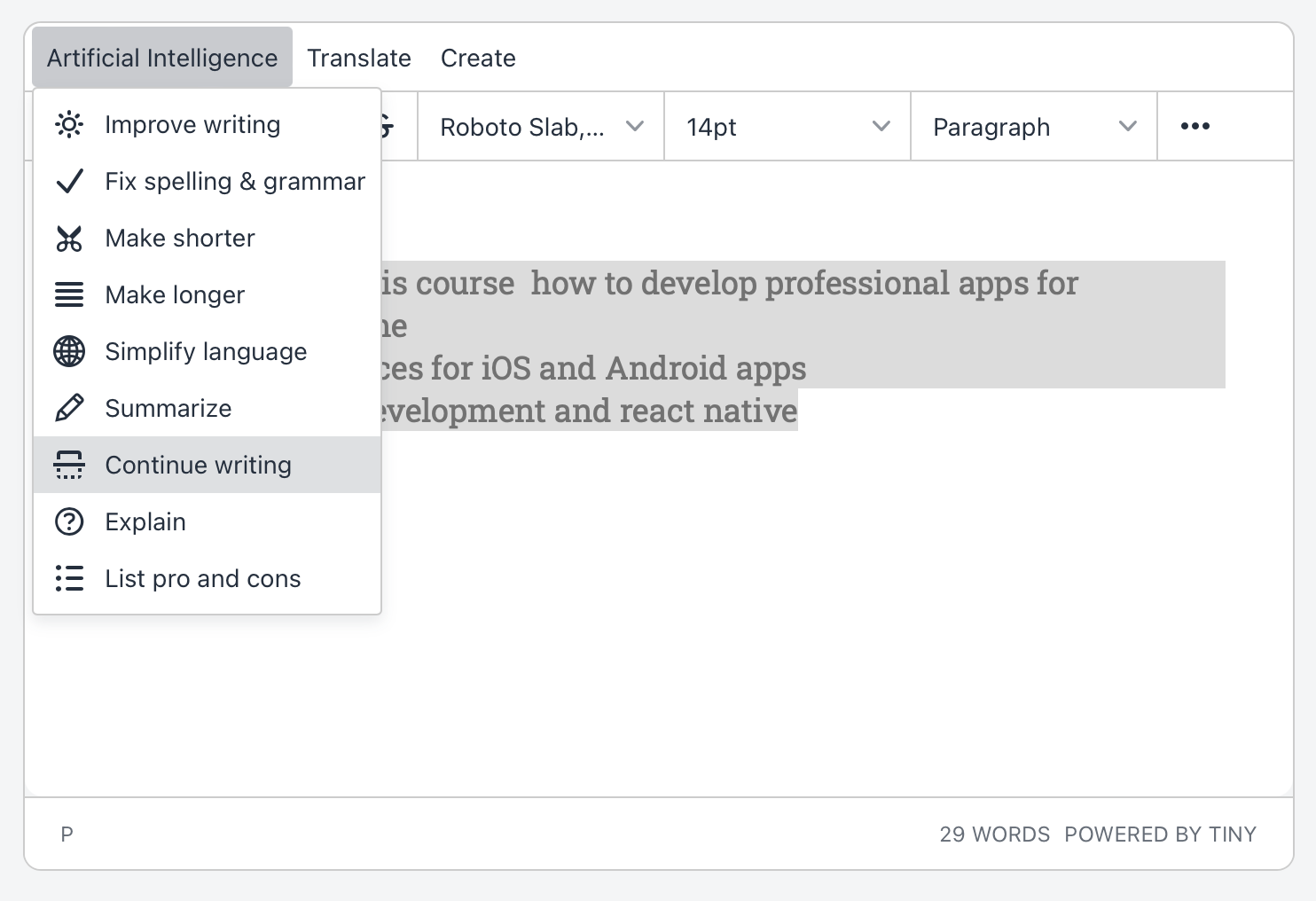
Collaborate with AI: Utilize AI-generated content as a source of inspiration or to overcome writer’s block, but always review and edit the material to ensure accuracy and relevance.
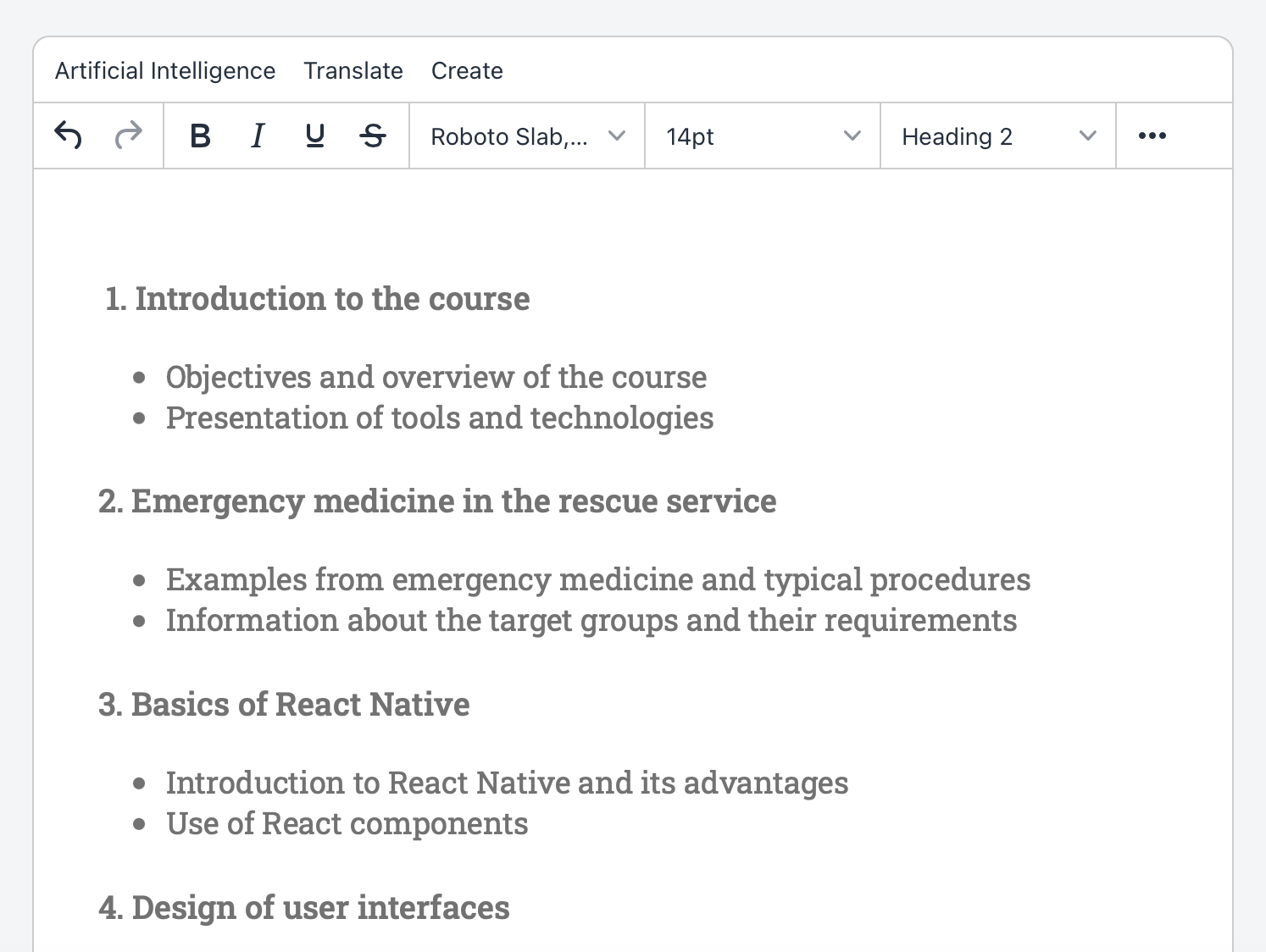
Combine AI with human facilitation: Use AI to create course materials, but rely on human instructors to facilitate discussions, answer questions, and provide personalized feedback.
As we anticipate the release of GPT-4 and GPT-5, it’s essential to recognize both the potential benefits and limitations of AI in online course creation. By using these technologies wisely and maintaining a human touch, creators can harness the power of AI to enhance their courses while still providing a personalized and engaging learning experience.
